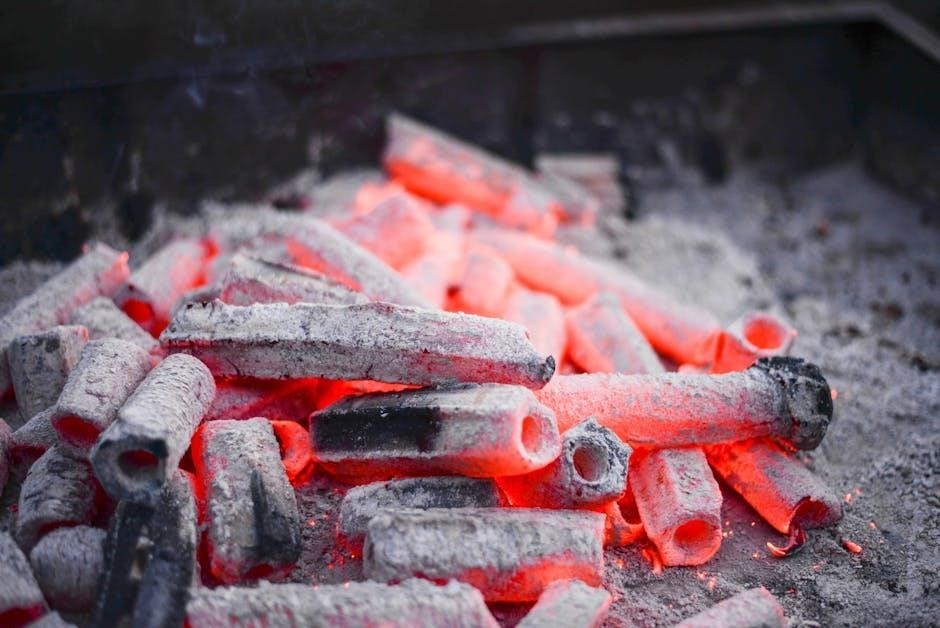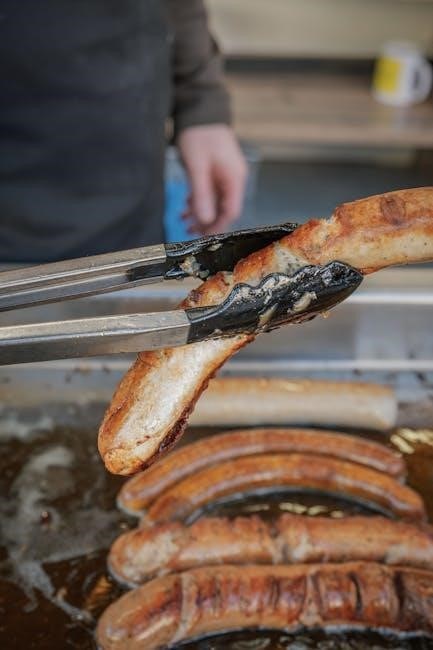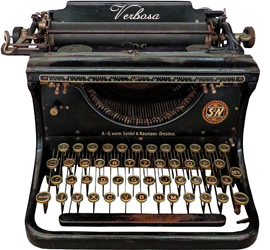Understanding the Importance of Temperature Control
Temperature control is crucial when using a George Foreman grill as it affects the quality and safety of the food. Proper temperature control helps to prevent overcooking or undercooking, which can lead to foodborne illnesses. The George Foreman grill temperature guide provides a range of temperatures for different types of food, allowing users to adjust the heat accordingly. By understanding the importance of temperature control, users can ensure that their food is cooked to a safe internal temperature, while also retaining its flavor and texture. This is especially important for delicate foods, such as fish and vegetables, which can easily become overcooked. With the right temperature control, users can achieve perfect results every time, making the George Foreman grill a valuable addition to any kitchen. The temperature guide is an essential tool for getting the most out of the grill.
Default Temperature Settings on George Foreman Grills
Default temperature settings on George Foreman grills are typically around 400 degrees Fahrenheit for optimal cooking results always using digital temperature controls and displays for accuracy.
Optimal Cooking Temperature for Various Foods
The optimal cooking temperature for various foods is crucial to achieve perfect results when using a George Foreman grill. Different foods require specific temperatures to cook evenly and thoroughly. For instance, meats like hamburgers and steaks require higher temperatures, while delicate foods like fish and vegetables require lower temperatures. A temperature guide is essential to ensure that foods are cooked to the recommended internal temperature, preventing undercooking or overcooking. By following a temperature guide, users can cook a wide range of foods to perfection, from juicy burgers to tender chicken breasts and crispy vegetables. This guide provides valuable information on the optimal cooking temperatures for various foods, helping users to get the most out of their George Foreman grill and enjoy delicious and healthy meals. The temperature guide is easy to follow and understand, making it a valuable resource for grill users.

Grill Time and Temperature Chart for Common Foods
Grill time and temperature charts provide essential cooking guidelines for common foods like hamburgers and chicken breasts using George Foreman grills with digital temperature displays always.
Cooking Times and Temperatures for Hamburger, Turkey Burger, and Chicken Breast
Cooking times and temperatures vary for different foods on the George Foreman grill.
For hamburger, the recommended cooking time is 4-5 minutes per side at a medium-high temperature of 375 degrees Fahrenheit.
Turkey burgers require a slightly higher temperature of 375-400 degrees Fahrenheit and a cooking time of 5-6 minutes per side.
Chicken breast cooking times range from 5-7 minutes per side at a medium-high temperature of 375 degrees Fahrenheit.
A variable digital internal temperature control ensures accurate temperature readings for optimal cooking results.
The George Foreman grill temperature guide provides essential information for cooking a variety of foods to the recommended internal temperature.
Using the grill’s temperature control and cooking time guidelines ensures food safety and prevents overcooking.
The temperature guide is a valuable resource for anyone using a George Foreman grill to cook hamburgers, turkey burgers, and chicken breasts.
It provides the necessary information to achieve perfect cooking results every time.
The guide is easy to follow and understand, making it a great resource for both beginners and experienced grill users.

Low Temperature Setting for Delicate Foods
Low temperature setting on George Foreman grill is ideal for cooking delicate foods like fish and vegetables at 250-300 degrees Fahrenheit with precise digital control always.
Cooking Fish Fillets, Boneless Skinless Chicken Breasts, and Vegetables on Low Heat
Cooking delicate foods like fish fillets, boneless skinless chicken breasts, and vegetables requires low heat to prevent drying out and promote even cooking. The George Foreman grill’s low temperature setting, typically around 250-300 degrees Fahrenheit, is ideal for these types of foods. This setting allows for gentle cooking, preserving the natural flavors and textures of the ingredients. When cooking fish fillets, it’s essential to cook them for a shorter time to prevent overcooking, while boneless skinless chicken breasts may require a slightly longer cooking time. Vegetables, such as asparagus or bell peppers, can be cooked to tender perfection on the low heat setting, making them a great addition to any meal. By using the low heat setting, users can achieve perfectly cooked delicate foods with ease and convenience. The result is a delicious and healthy meal.

Variable Digital Internal Temperature Control
Variable digital internal temperature control ensures accurate readings and optimal cooking results with precise temperature settings always available on the George Foreman grill display screen easily.
Ensuring Food Safety with Accurate Internal Temperature Readings
Accurate internal temperature readings are crucial for ensuring! food safety when cooking with the George Foreman grill. The variable digital internal temperature control feature allows for precise temperature monitoring, reducing the risk of undercooked or overcooked food. This is especially important when cooking poultry, meat, and fish, as undercooked food can harbor harmful bacteria. By using the George Foreman grill’s internal temperature control, users can ensure that their food is cooked to a safe internal temperature, preventing foodborne illnesses. The grill’s digital display provides a clear and accurate temperature reading, making it easy to monitor the cooking process. With the George Foreman grill, users can have confidence in the safety and quality of their cooked food, thanks to the accurate internal temperature readings provided by the variable digital internal temperature control feature, every time they cook. This feature is essential for any home cook.

Food Thickness and Cooking Time Considerations
Food thickness affects cooking time, with thicker foods requiring longer cooking times and lower temperatures for optimal results always using the George Foreman grill temperature guide settings.
Adjusting Cooking Times Based on Food Thickness and Type
Adjusting cooking times based on food thickness and type is crucial for optimal results when using the George Foreman grill temperature guide.
The type of food being cooked also plays a significant role in determining the cooking time, with denser foods requiring longer cooking times.
A general rule of thumb is to increase the cooking time by 50% for every additional inch of food thickness.
This ensures that the food is cooked evenly and thoroughly, without being overcooked or undercooked.
Using the George Foreman grill temperature guide, users can adjust the cooking time and temperature to suit the specific needs of the food being cooked.
By following these guidelines, users can achieve perfect cooking results every time, whether cooking for themselves or for a large group of people.
The key is to be aware of the food thickness and type, and to adjust the cooking time accordingly.
and Additional Resources
Accessing George Foreman Grill Temperature Guides and Charts Online
Accessing George Foreman grill temperature guides and charts online is a convenient way to get the information needed for optimal cooking results. The official George Foreman website provides a range of resources, including temperature guides and cooking charts. These resources can be downloaded as PDF files or accessed directly on the website. Additionally, other online platforms and cooking websites also offer temperature guides and charts for the George Foreman grill. These online resources are regularly updated to reflect the latest cooking techniques and temperature settings. By accessing these online resources, users can ensure that they are using their George Foreman grill to its full potential and achieving the best possible cooking results. With the wide range of online resources available, users can easily find the information they need to cook a variety of delicious meals.

